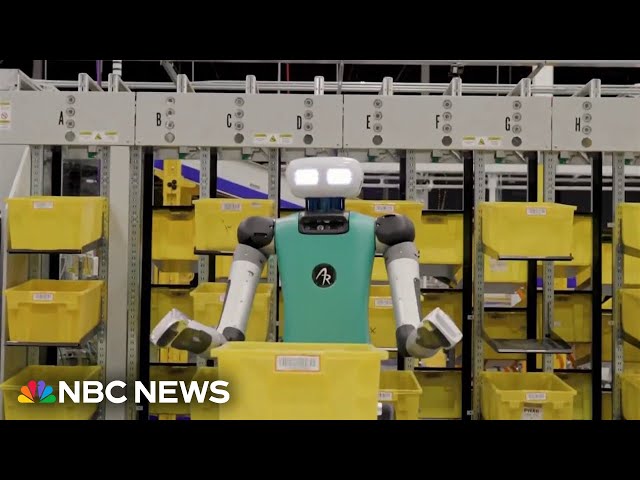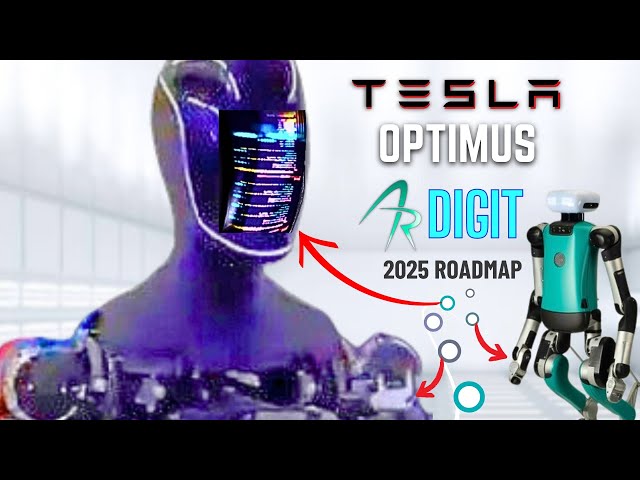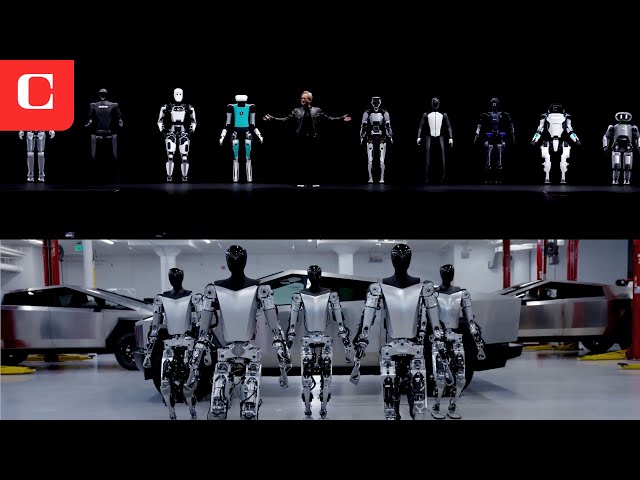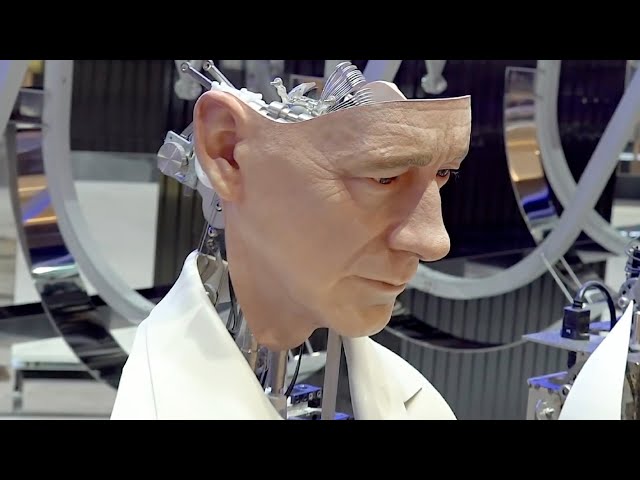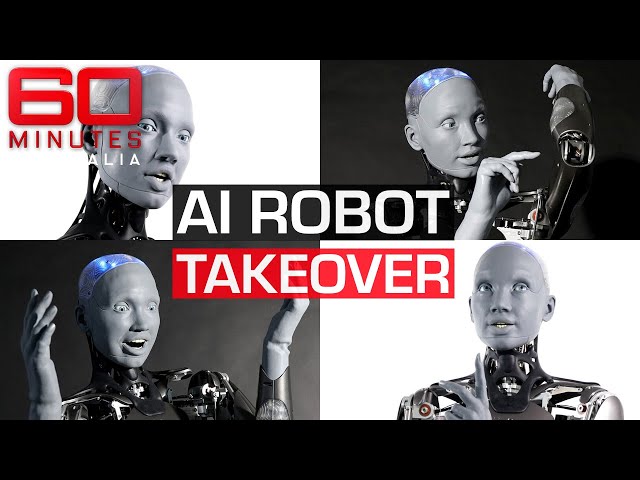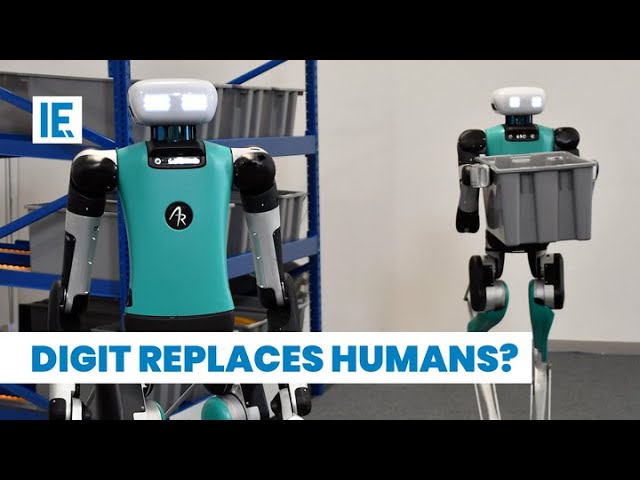Atlas vs Optimus: Boston Dynamics & Tesla’s Humanoid Robots.
Atlas and Optimus are two of the most well-known humanoid robots in development today. Here’s a breakdown of each:
Atlas
- Developed by Boston Dynamics
- Originally powered by hydraulics, the latest version is fully electric
- Designed for agility and athleticism, capable of parkour moves and backflips YouTube: [invalid URL removed]
- Intended for tasks that are “dull, dirty, and dangerous”
Optimus
- Developed by Tesla
- Designed to be mass-produced and affordable
- Focuses on utility and performing manual labor
- Intended for tasks that are “unsafe, repetitive, or boring”
Key Differences
| Feature | Atlas | Optimus |
|---|---|---|
| Developer | Boston Dynamics | Tesla |
| Power Source | Electric (formerly hydraulic) | Not specified |
| Design Focus | Agility, athletics | Utility, manual labor |
| Intended Use | Dull, dirty, dangerous tasks | Unsafe, repetitive, boring tasks |
Both robots are still under development, but they represent the cutting edge of humanoid robotics. Their capabilities and applications are constantly evolving.
Future Work for Humanoid Robots like Atlas and Optimus.
Humanoid robots like Atlas and Optimus are envisioned to work in a variety of scenarios that can be broadly categorized into three areas:
- Dangerous environments: These robots can be sent into hazardous situations like collapsed buildings, burning structures, or nuclear waste sites. Their ability to navigate complex terrain and their robust design makes them ideal for search and rescue or environmental cleanup missions where it would be too risky to send humans.
- Repetitive or strenuous tasks: Manufacturing plants, warehouses, and farms all have numerous jobs that are physically demanding or repetitive. Humanoid robots could take over these tasks, freeing up human workers for other things. For example, a robot could be tasked with assembling car parts on an assembly line or planting crops in a field.
- Remote locations: Humanoid robots could be deployed in remote or desolate places like the Arctic, deep sea, or space. They could be used to perform maintenance on equipment, collect data, or even build structures.
Examples
Imagine a damaged oil rig in the middle of the ocean. Sending human repair workers would be expensive and dangerous due to the rough seas and potential for explosions. An Optimus robot, equipped with the necessary tools and designed to withstand the elements, could be sent to cap the leak and prevent further environmental damage.
It’s important to remember that humanoid robots are still under development, and there are many challenges to overcome before they can be widely used in the workplace. However, the potential benefits are significant, and these robots have the potential to revolutionize the way we work.
Humanoid Robot Resources
- Best Quotes on the Dangers of AI.
- Robot Sophia: ‘Not a thing’ could stop a robot takeover.
- Singularity Quotes by Top Minds.
- Tesla Bot vs Boston Dynamics Atlas! (Old version)
- What is Quantum Computing?
